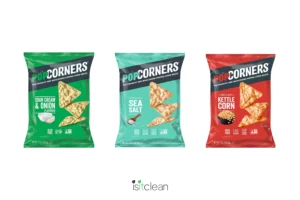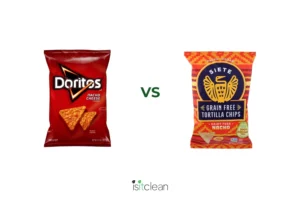
Acesulfame potassium is a zero-calorie sweetener that is added to many sugar-free…



Bleached starch is a food additive derived from starch, typically sourced from crops like corn, wheat, or potatoes. The bleaching process involves treating the starch with chemicals like chlorine or hydrogen peroxide to remove impurities and color, resulting in an oxidized product. Bleached starch is commonly used in the food industry as a thickening agent, stabilizer, or texture enhancer in various products such as soups, sauces, baked goods, and processed foods.

Bleached starch may contain chlorine residue, which breaks down into chlorite and chlorate in the body and may have negative health effects. However, the FDA has approved chlorine for use as a bleaching agent. Bleached starch may be derived from GMO sources and is commonly used in processed foods. Bleached starch is not a necessary additive to ensure a quality end product, as unbleached starch is commonly used as well and doesn’t contain chlorine.
Health is like a bank account, certain ingredients make a deposit into your health bank, meaning they add to
your health. Certain ingredients withdraw from your health bank. We want health promoting ingredients in our diet. To keep things simple, we rate ingredients on a green, yellow, red scale:

It is naturally occurring in food and has no harmful effects on the body. It is real food. It is health promoting.

It goes into one or more of the below categories

It is known to have a harmful effect on the body (ex. All food colorings, Natural Flavors, MSG, Potassium bromate, aspartame, artificial flavors)



The Food Showdown: Popcorners flavors
Ingredient Rating: Canola oil – is it bad for you?
Clean Consuming: Nourishment for your

We have accomplished so much in just 1 year since our launch in March of 2023! We now have 10,000

The Nacho Chip Food Showdown, is Tapioca Starch safe in food? and a must-see documentary on America’s food system.
Stay in the know with the latest ratings, articles, and our newsletter, The Dirt.